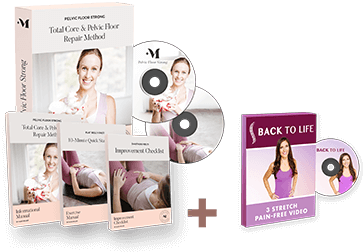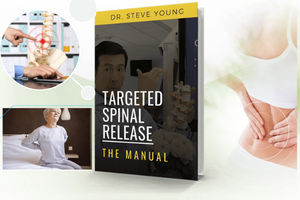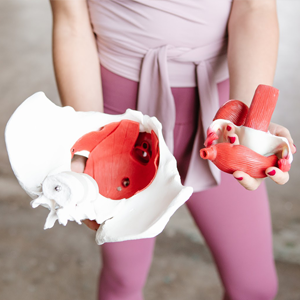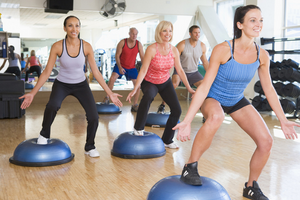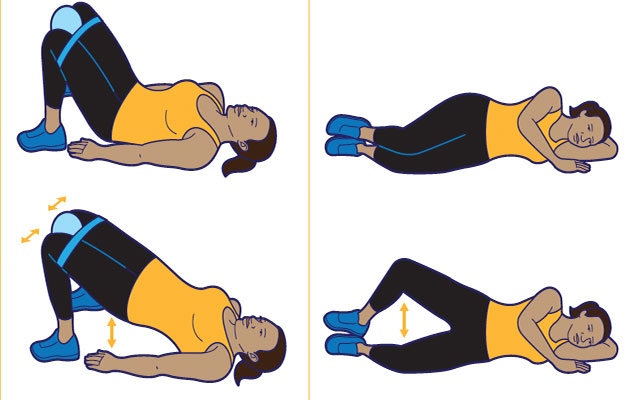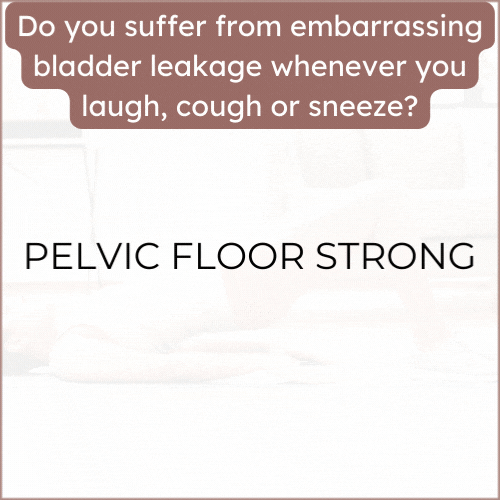Essential Pelvic Floor Workouts for Menopause and Postmenopausal Health
Menopause and postmenopause can weaken pelvic floor muscles, leading to issues like incontinence and discomfort. Regular pelvic floor exercises help manage these symptoms effectively:
Kegels: Focus on contracting the pelvic floor muscles as if stopping urine flow. Hold for 5 seconds, then relax. Repeat 10 times. Aim for three sets daily to strengthen bladder control.
Bridge Pose: Lie on your back with knees bent, lift your hips, and engage your core and pelvic muscles. Hold for a few seconds and lower slowly. This pose supports pelvic alignment and overall stability.
Squats: Stand with feet shoulder-width apart, lower into a squat, keeping knees behind toes, and return to standing. Squats are great for core and pelvic floor strength, especially when combined with focused breathing.
Yoga and Pilates: These low-impact routines gently strengthen the pelvic floor, improving flexibility and reducing strain on the muscles.
These exercises, when performed consistently, can improve quality of life by enhancing pelvic support and preventing symptoms associated with pelvic floor dysfunction.








